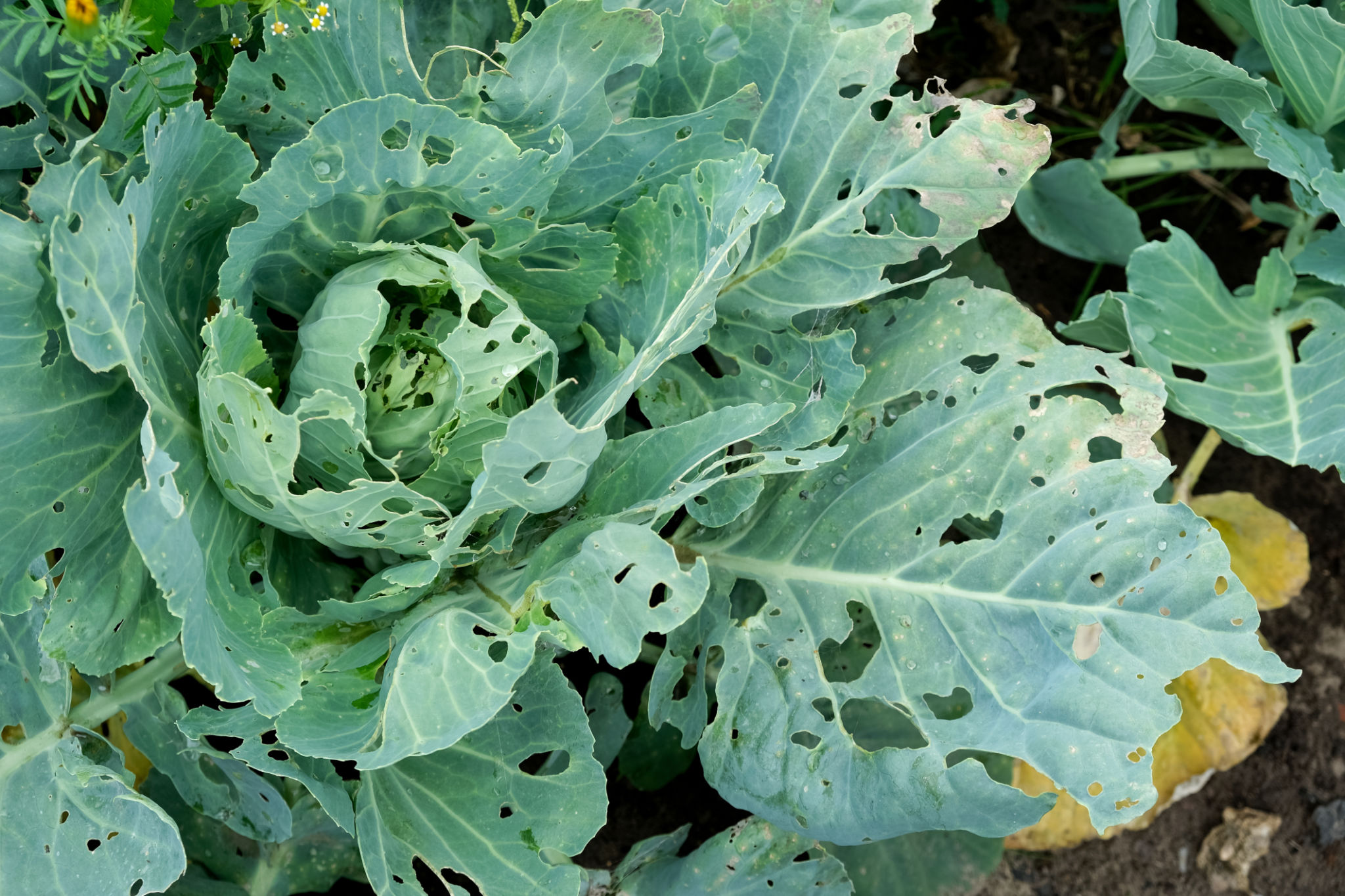Companion Planting Strategies for a Thriving Edible Garden
Understanding Companion Planting
Companion planting is an age-old gardening technique that involves growing different plants together to enhance growth, deter pests, and improve the overall health of the garden ecosystem. By strategically placing plants, gardeners can create a thriving environment where edible plants flourish naturally. This method not only maximizes space but also promotes biodiversity and sustainability.
The concept of companion planting is rooted in the idea that certain plant combinations can thrive when grown together. These beneficial partnerships can lead to increased yields and healthier plants. It's a natural way to cultivate a garden that requires fewer chemical interventions, making it an ideal choice for organic gardeners.

Benefits of Companion Planting
Companion planting offers numerous benefits, including pest control, improved soil health, and increased crop productivity. By combining plants with complementary characteristics, gardeners can create a balanced ecosystem. For example, some plants release chemicals that repel harmful insects, while others attract beneficial pollinators.
Moreover, companion planting can enhance the flavor of fruits and vegetables. Certain herbs, when planted alongside specific crops, can impart subtle flavors that enrich the taste of the produce. This method also promotes efficient use of resources, such as sunlight and water, by utilizing vertical space and varying root depths.
Pest Control
One of the most notable advantages of companion planting is its ability to deter pests naturally. Plants like marigolds and nasturtiums can repel nematodes and aphids, respectively. Similarly, basil can ward off mosquitoes and flies, making it a great companion for tomatoes.

Soil Improvement
Companion planting can significantly contribute to soil health. Legumes, for instance, are known for their ability to fix nitrogen in the soil, benefiting neighboring plants with their nutrient-rich contributions. Plants like comfrey and borage have deep roots that bring nutrients from the subsoil to the surface, enriching the topsoil for other plants.
Popular Companion Planting Combinations
Here are some tried-and-true companion planting combinations that can enhance the productivity of your edible garden:
- Tomatoes and Basil: Basil enhances the flavor of tomatoes while repelling flies and mosquitoes.
- Carrots and Onions: Onions help deter carrot flies, ensuring better growth for both plants.
- Cucumbers and Radishes: Radishes help ward off cucumber beetles.
- Corn, Beans, and Squash (The Three Sisters): A traditional Native American method where corn provides support for beans, beans add nitrogen to the soil, and squash acts as a living mulch.

Planning Your Garden Layout
A successful companion planting strategy begins with careful planning. Consider the specific needs of each plant, such as sunlight, water, and space requirements. It's important to group plants that complement each other's growth habits and nutrient needs.
When designing your garden layout, take into account the height and spread of each plant. Taller plants can provide shade for those that require less sunlight, while ground covers can protect the soil from erosion. Utilizing these strategies will help create a harmonious garden environment that supports all its inhabitants.
Conclusion
Companion planting is a rewarding practice that blends science and tradition to create a more resilient garden. By understanding the relationships between different plant species and strategically placing them together, gardeners can enjoy a bountiful harvest while promoting ecological balance. Whether you're a seasoned gardener or a beginner, experimenting with companion planting will undoubtedly enhance your gardening experience.
